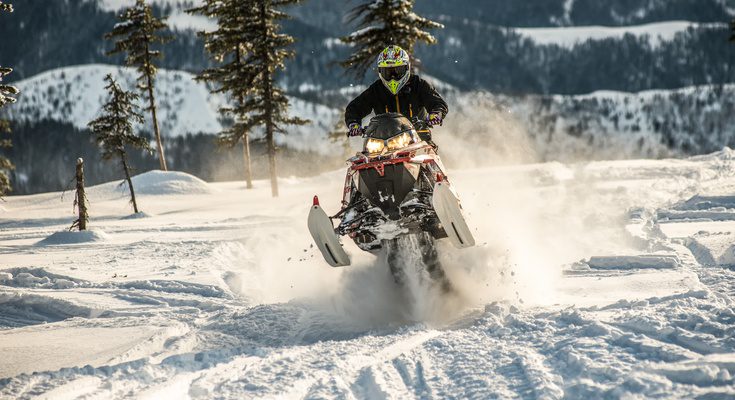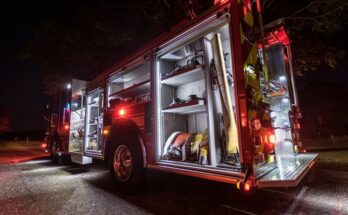Snowmobiling is an exhilarating winter adventure, but it also comes with risks, especially in remote and cold environments. Whether you’re an experienced rider or a newcomer to the trails, having a well-prepared first aid kit is essential for your safety. Below, we’re discussing what to put in your snowmobile first aid kit to ensure a safe, memorable adventure.
Bandages and Wound Care Essentials
Accidents can happen on the trail, from minor scrapes to more significant injuries. Make sure to pack a variety of bandages in different sizes, including adhesive bandages, sterile gauze pads, and medical tape. These are essential for managing cuts or abrasions effectively. Include an antiseptic solution or wipes to disinfect wounds quickly and prevent infection in outdoor conditions.
To prepare for larger injuries, consider adding butterfly wound closures and an elastic wrap to your kit. These will control bleeding and provide temporary immobilization for sprains. Throw in a pair of disposable nitrile gloves to handle injuries hygienically.
Pain Relief and Emergency Medication
Pain management is a critical aspect of first aid, especially since medical help may not be immediately available during snowmobiling excursions. Over-the-counter pain relievers, such as ibuprofen or acetaminophen, are must-haves for alleviating headaches, muscle aches, or minor injuries.
For more severe or specific conditions, pack essential medications for cold-related illnesses, such as antihistamines for allergic reactions and throat lozenges for discomfort caused by breathing in cold air. If anyone in your group has known medical conditions, make sure you carry their prescribed medications like epinephrine injectors for allergies or rescue inhalers for asthma.
Tools and Instruments To Include
Basic medical tools make a big difference when responding to injuries on the trail. A pair of trauma shears is indispensable for cutting through clothing or snow gear.
Include a compact thermometer to monitor for signs of hypothermia, which is a serious risk in snowmobiling. Small surgical tweezers are also essential for removing debris or splinters from wounds.
Don’t forget to bring a space blanket. While it isn’t technically a first-aid tool, it’s invaluable in preventing hypothermia during emergencies by retaining body heat. A small flashlight or headlamp is also incredibly useful for handling injuries in low-visibility conditions or nighttime emergencies.
Additional Winter Safety Gear for Snowmobiling Day Trips
When heading out in cold temperatures, it’s wise to supplement your first aid kit with winter-specific safety gear. Items like hand warmers, heat packs, and insulated gloves aren’t just for comfort. They play a vital role in preventing frostbite during prolonged exposure to freezing temperatures. Similarly, carrying a high-quality lip balm and skin barrier cream will protect exposed areas of skin from chapping or cracking.
You should also bring along a whistle to signal for help if you become stranded in a remote area. A lightweight multi-tool or utility knife is incredibly handy for first aid situations and general trail emergencies.
A well-stocked first aid kit is your first line of defense while snowmobiling. It equips you to handle injuries effectively, provides peace of mind, and could even save a life in an emergency. Start building or refining your kit today and make each winter adventure as safe as it is thrilling.



